ANIMAL CRACKERS (1930)
Mayhem and zaniness ensue when a valuable painting goes missing during a party in honour of a famed African explorer...
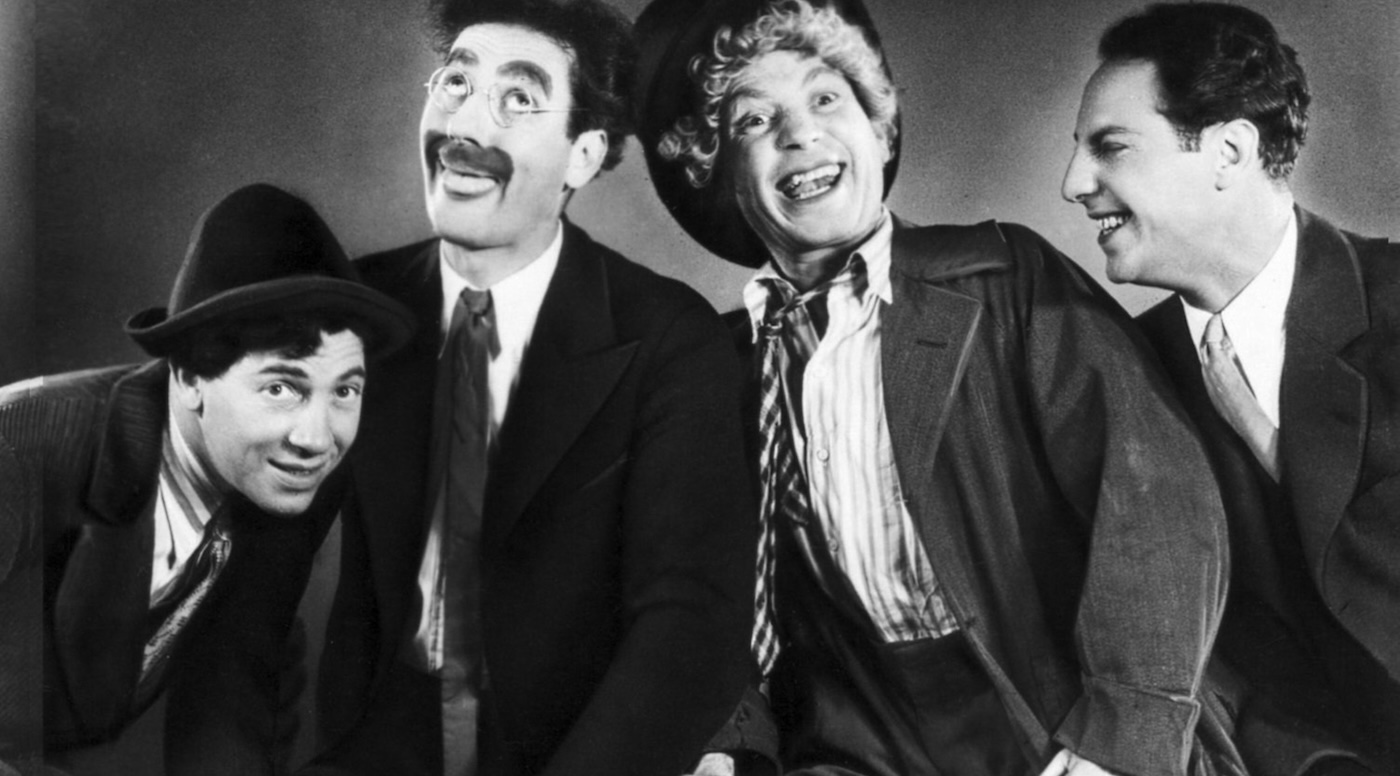
Mayhem and zaniness ensue when a valuable painting goes missing during a party in honour of a famed African explorer...


When I was three years old, my parents asked me what I wanted for Christmas. As my mother tells me, because of course I was just exiting my toddler years and remember none of this, all I asked for was “Animal Crackers”. And I didn’t mean the frosted mammal-shaped snacks. I meant the 1930 Marx Brothers classic. I’m sure as a three-year-old, I wasn’t left in stitches by Groucho’s whip-smart witticisms (“Signor Ravelli’s first selection will be ‘Somewhere My Love Lies Sleeping’ with a male chorus”), but more so found the mute Harpo’s facial expressions hilarious, or the way he and Chico fight in their unique way, squared up like the Notre Dame Fighting Irish mascot and swinging their fists like a pendulum. 95 years after its theatrical release, Animal Crackers remains an early document of the comedic and visual opportunities afforded by film and is probably the Marx Brothers’ third-best movie, behind Duck Soup (1933) and A Night at the Opera (1935).
Animal Crackers was the famous brothers’ third Broadway musical, running for 191 performances from 1928-29 at the 44th Street Theatre in New York City. While evenings were set aside for the show, mornings were for filming the Marx Brothers’ first movie, The Coconuts (1929). Due to the success of Animal Crackers on stage, the story became the obvious choice for their next big-screen adaptation.
Set at the Long Island mansion of millionaire heiress Mrs Rittenhouse, played by longtime Marx Brothers supporting actress reprising her role from the stage, Margaret Dumont, Animal Crackers follows a weekend of upper-class festivities in honour of the return of African explorer Captain Jeffrey Spaulding (Groucho Marx), joined by his assistant, Jamison (Zeppo Marx). At the party, art patron Roscoe W. Chandler (Louis Sorin) plans to unveil a famous painting by the artist Beaugard. That painting, named “After the Hunt,” is valued at $100,000 ($1,934,000 or £1,431,962 adjusted for inflation). Mrs Rittenhouse’s daughter, Arabella (Lillian Roth), enlists the help of the musicians, Signor Emanuel Ravelli (Chico Marx) and The Professor (Harpo Marx) to steal the painting, swapping it with her fiancé’s replica of the Beaugard in order to prove his talents to Chandler. However, two other guests (Margaret Irving, Kathryn Reece) make their own plans to swap out the painting for another cheap replica. The whole party is thrown into disarray when all three copies of the painting end up missing.
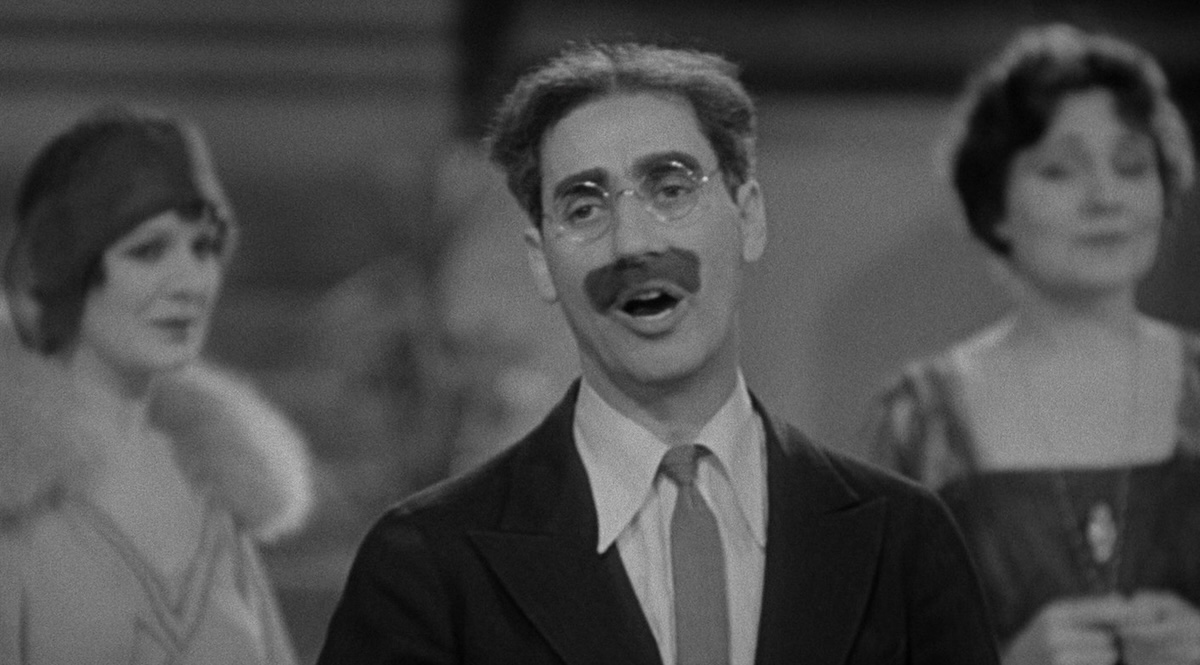
Only three years after sound became the mainstay for moving pictures and releasing at a time with strict censorship, Animal Crackers was reportedly gutted from its stage production. Many of the musical numbers and characters were cut to meet a shorter runtime, while many jokes were cut due to the newly adopted Hays Code, which outlined the strict guidelines and “don’ts” the film had to adhere to. Luckily, what did remain kept the spirit of the Marx Brothers on the screen and became their first truly great movie.
While the plot of the film is similar to something akin to The Rules of the Game (1939), as we’ve come to witness with the Marx Brothers, plot really takes a back seat to the humour of the brothers here. For its 97-minute runtime, Animal Crackers unleashes the family at their best: Groucho’s scathing wit and hilarious one-liners, Chico’s unique musical skills and wordplay, and Harpo’s perfect physical comedy. The film even has a tone-defying musical number midway, where it allows Harpo to just shred on the harp for a few minutes and remind us these guys aren’t just one-trick ponies. The speech and piano scene in the middle of the film remains one of my favourites from the film, and the Marx Brothers’ entire filmography.
“Say, if you get near a song, play it!”
“I can’t think of the finish.”
“That’s strange, and I can’t think of anything else.”
“You know what I think, I think I went past it.”
“Well, if you come around again, jump off.”
“I once kept this up for three days.”
“You wouldn’t consider hush money, would you?”
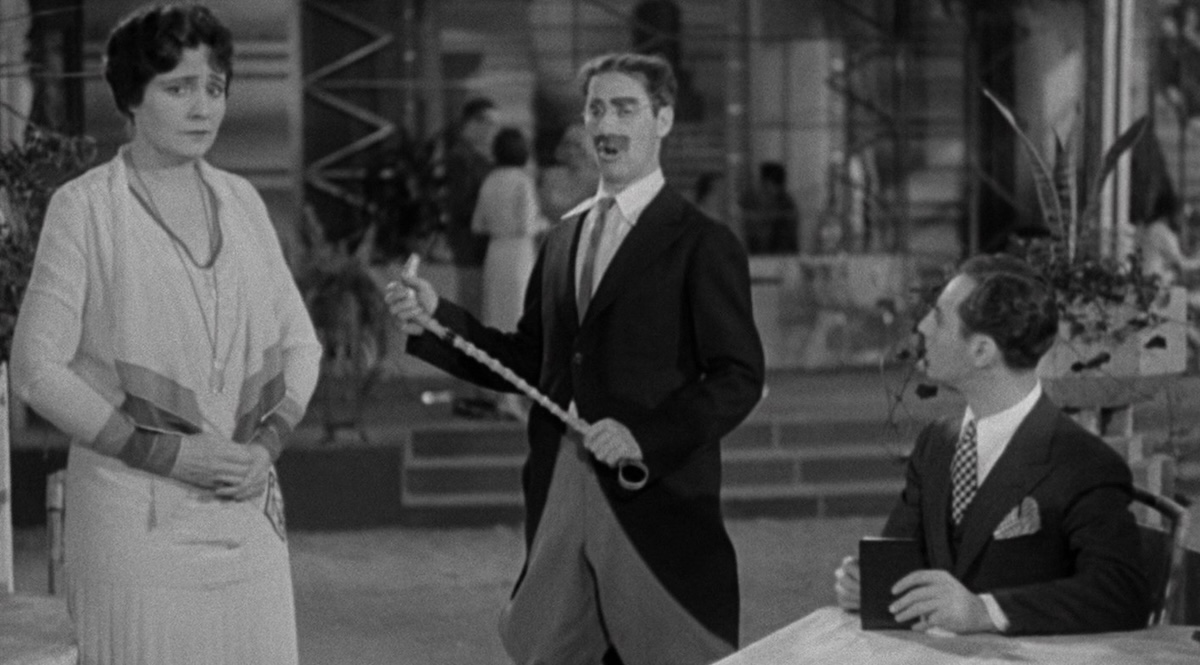
The density and quality of jokes in the section highlight the comedic talent on display. In the 95 years since its release, it’s tough to even find a trio of actors working better at a comedic level than Harpo, Chico, and Groucho do here.
Animal Crackers doesn’t have much visually from the camera. Apparently, Paramount chose director Victor Heerman less for his skills as an artist but more as an actor ‘wrangler’, maintaining a disciplined set with the notoriously unprofessional Marxes. For the most part, the film acts as a taped Broadway show, just instead from a studio in Astoria, Queens. But, even still there are some really great visual gags in the film that show the possibilities the big screen affords comedies. Early on, The Professor pulls out a gun for no apparent reason, scaring the guests away. He shoots a cuckoo clock, “maiming” the bird, and then has a shootout with a silver statue of two men.
One of the film’s best jokes that very much went over my head as a three-year-old comes when Chandler tries to bribe Ravelli and the Professor so they don’t divulge his troubled past. He hands them a check. Ravelli asks if it’s good. The Professor checks it himself, dropping it to the floor, where it physically “bounces.” Where the Marx Brothers were strong for their long stretches of back-and-forth conversational blows, the Keaton-esque physical comedy from Harpo helps showcase that the Marx Brothers and Animal Crackers itself made the whole use of the movies as a means for comedy.
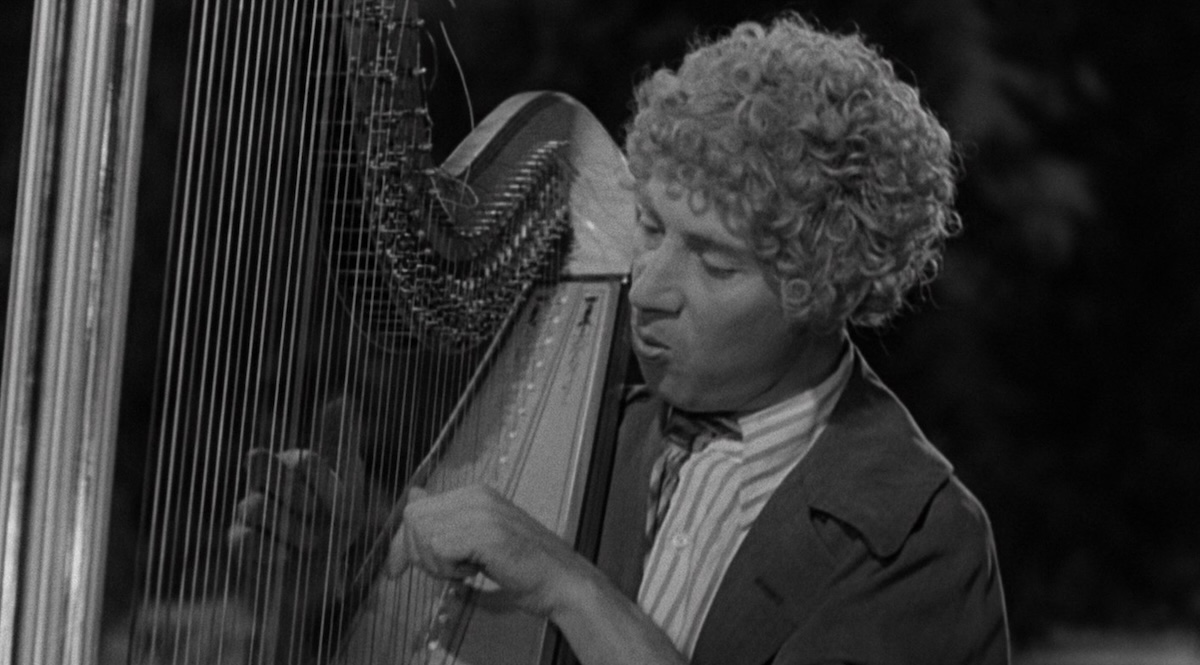
Harpo’s friend, Salvador Dali, referred to Animal Crackers as “the summit of the evolution of comic cinema.” In his artistic mind, the film represented the movement of surrealism on the big screen. He even wrote his own script for the Marx Brothers, which was quickly shot down by Groucho and other executives. For Dali, who had made some films with director Luis Buñuel, the Marx Brothers were an untapped market for surrealist comedy. Even in the first half of the twentieth century, commercial success meant less artistic exploration, so it never saw the light of day.
Nearly a century old, Animal Crackers remains a great comedy of early sound Hollywood. Its 2016 restored Blu-ray version allows us to view the movie in crisp sound and visual sharpness. It even brought back some of the jokes that couldn’t make it in the 1930s.
With that reissue and its original version, Animal Crackers is almost a living document of the past, of the history of cinema. You can see what wasn’t allowed at the time, but even more impactful, what was allowed. There’s music, love, and art, but also racism and sexism. There’s satire about class and opulence. But above all, there’s timeless comedy. In 1954, French filmmaker François Truffaut, introduced a screening of the film, saying “one laughs with this movie as much as one did twenty years ago.” Ninety-five years on and the sentiment still stands as the Marx Brothers remain one of the most influential groups on film comedies.
USA | 1930 | 97 MINUTES | 1.33:1 | BLACK & WHITE | ENGLISH

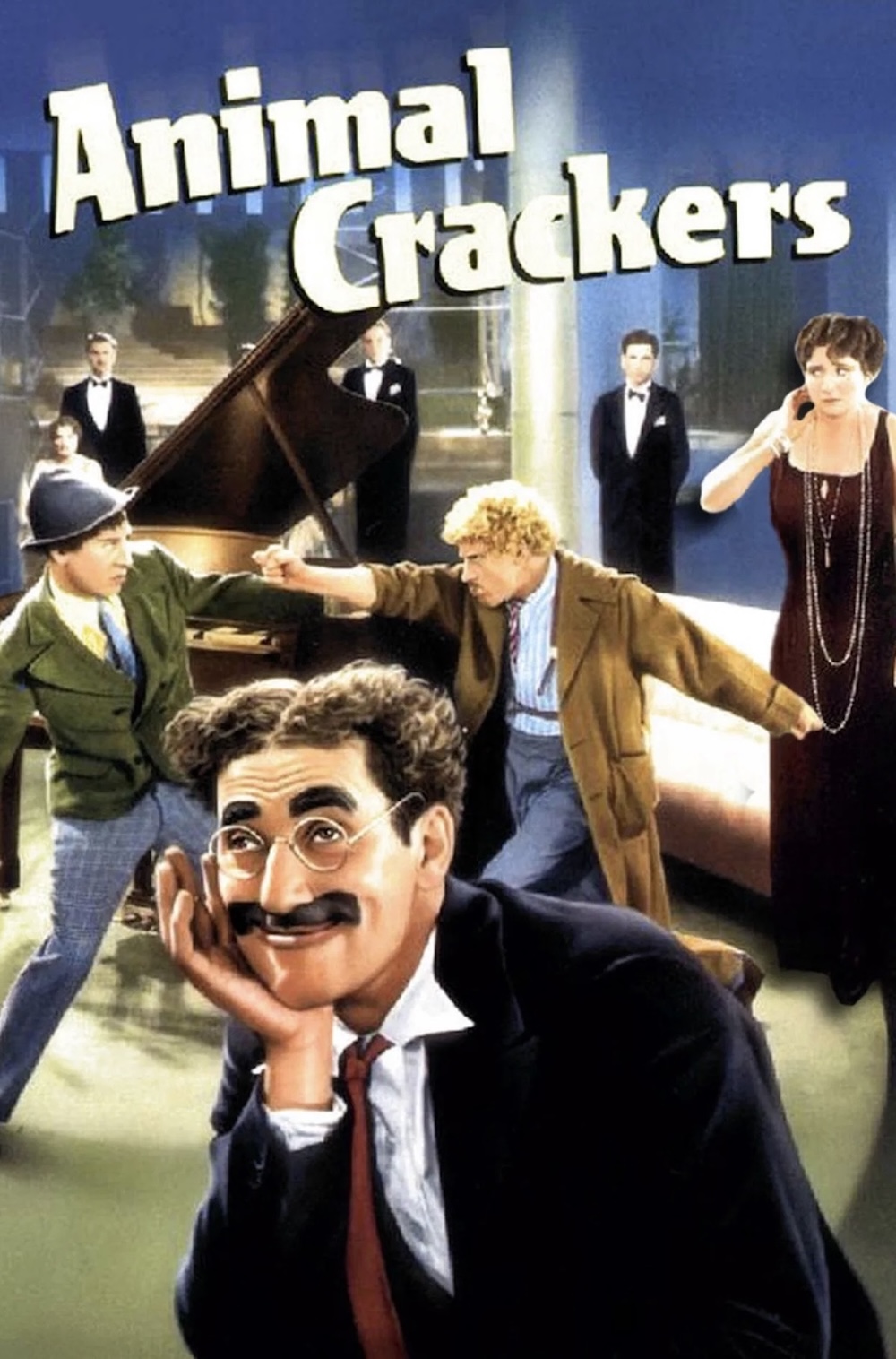
director: Victor Heerman.
writers: Bert Kalmar, Harry Ruby, George S. Kaufman & Morrie Ryskind.
starring: Groucho Marx, Chico Marx, Harpo Marx, Zeppo Marx, Margaret Dumont, Lillian Roth, Louis Sorin, Hal Thompson, Margaret Irving, Kathryn Reece & Robert Greig.
